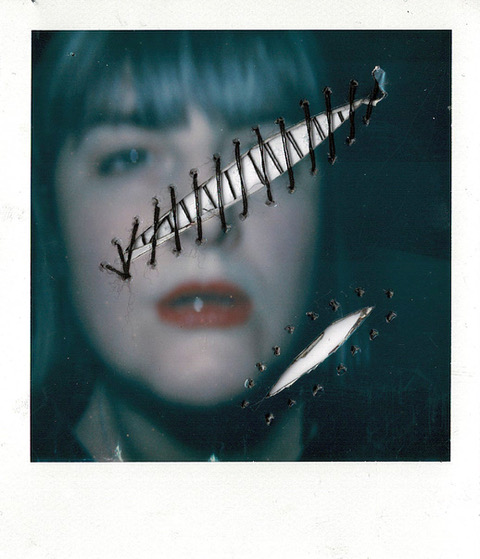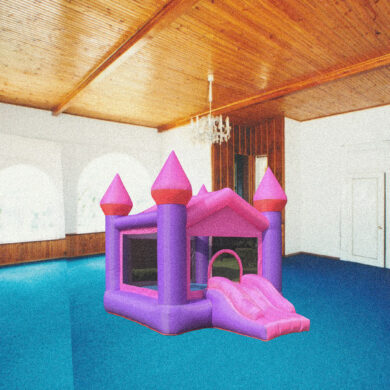A poignant project by Vanessa Fairfax-Woods, documenting her ongoing relationship with mental illness. Through a series of archives, she explores her recent mental breakdown and mental health journey since she was first hospitalised when she was a teenager, with the aim to understand her sense of self throughout episodes of depression.
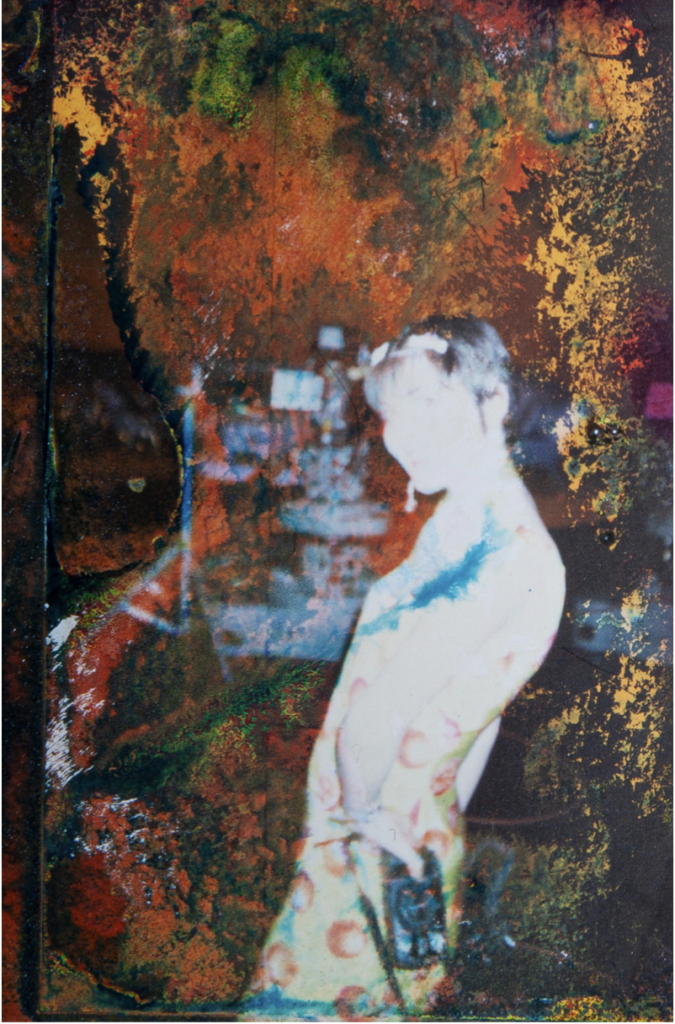
In 1995 I was hospitalised due to mental illness. I was 14 years old.
In 2022, at the age of 41, I was admitted again. During this breakdown, storms ravaged our roof. Diaries, sketchbooks, and photographs kept since the 90s were ruined. This personal archive included my suicide note (a drawing) and a diary entry from the day after my suicide attempt. Written with my wrong hand because doctors had put the drip in my writing hand, the words scrawl across the page with the same angry confusion that I felt at surviving. Photographic chemicals that had created the photographs merged and mingled, creating chaotic patterns on the paper. These broken, distorted memories mirrored what was happening in my mind: chemical imbalances creating distorted views of my self.
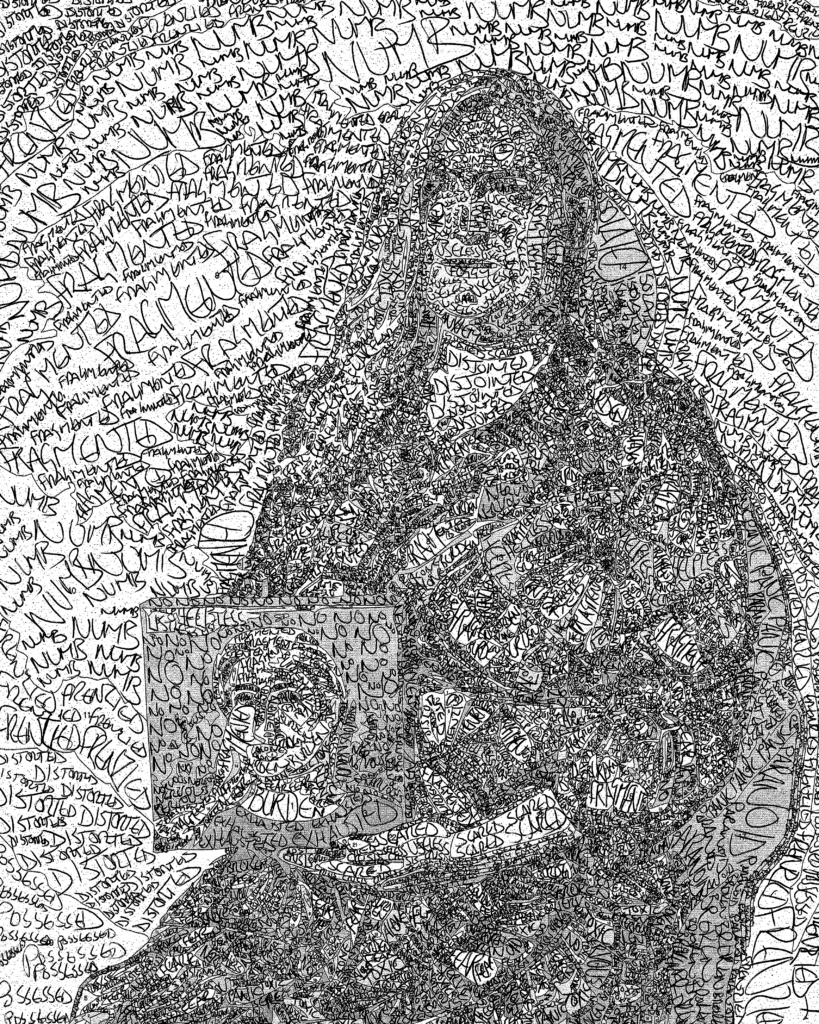
These early documents came to form the beginning of a long form project documenting my ongoing relationship with mental illness. It’s a journey where I use photography and performance to better to grasp my changing sense of self throughout bouts of depression.
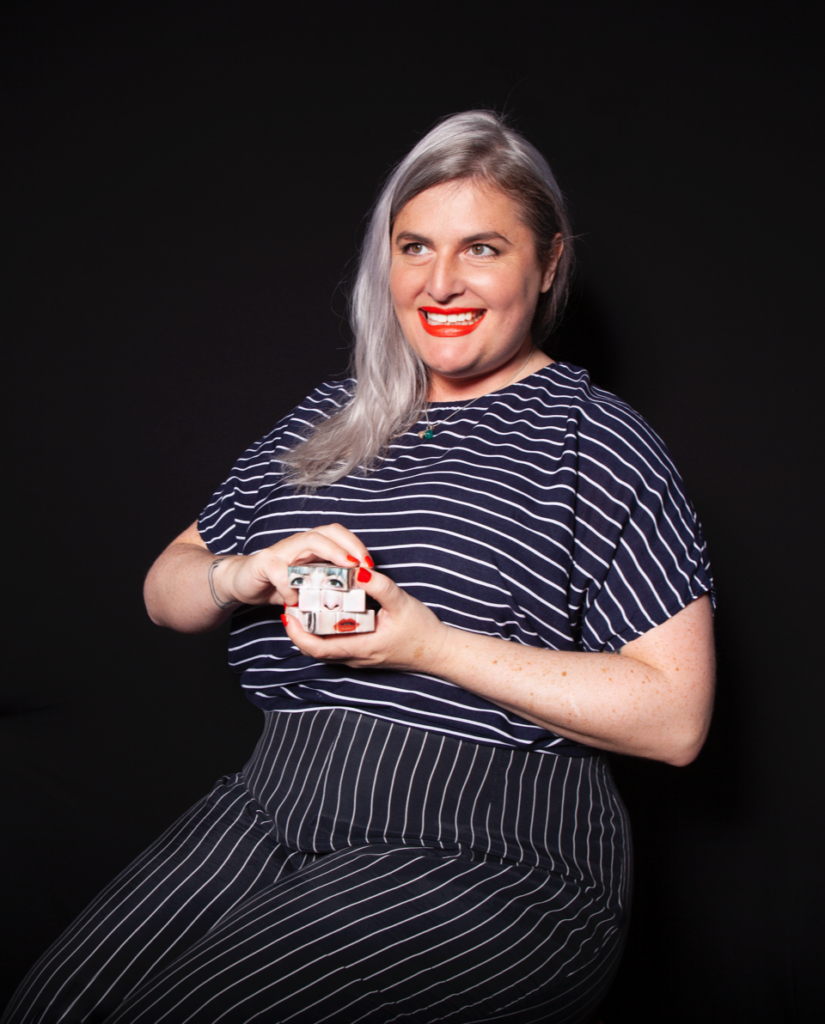
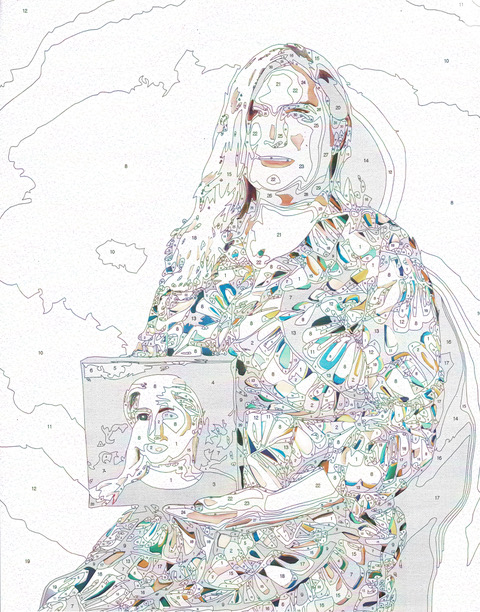
During my most recent breakdown I witnessed a powerful sense of fragmentation and many of the attempts to put myself back together failed. It was like trying to build a town with no plans: roads went nowhere, I would find myself lost in a maze, I was back at the beginning after weeks of searching. Whilst in respite care, I was encouraged to take up different tasks such as paint by numbers and puzzles. One of my fellow patients carried a Rubik’s cube with him: it helped him with his anxiety. When I began to recover, I realised that these tasks were not only beneficial to getting our minds to work better, but also mirrored what we were all trying to do: to piece ourselves back together again. This tension of trying to make sense of ourselves intrigued me and I wanted to explore this further.
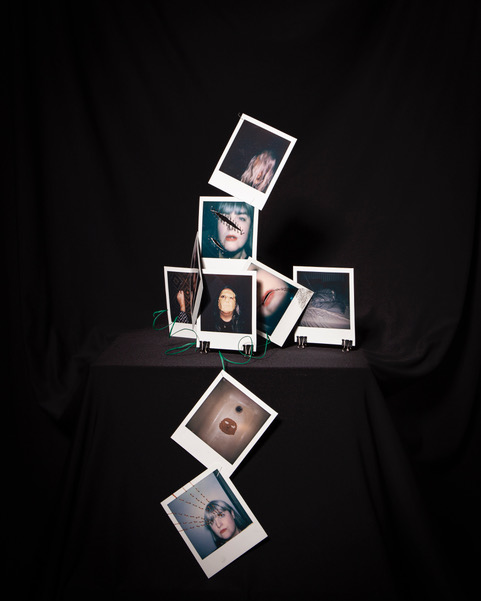
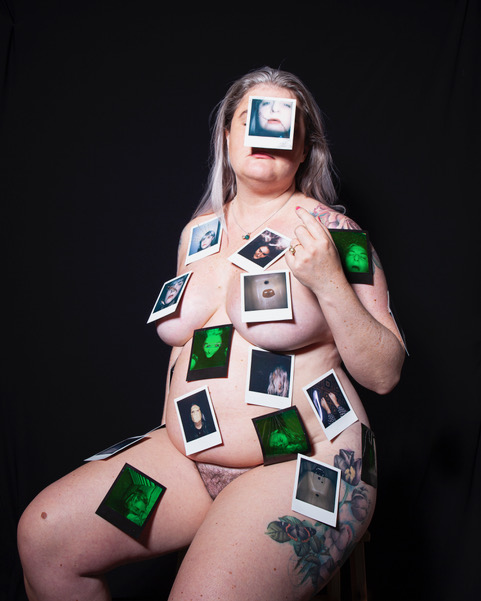
I have used a combination of archival material, performative works and still lives to create a book with six chapters. Chapters vary in length, energy, and style, echoing the varied phases of my breakdowns. Even though the book begins with my first suicide attempt it is not intended to be chronological. Or logical to that matter.
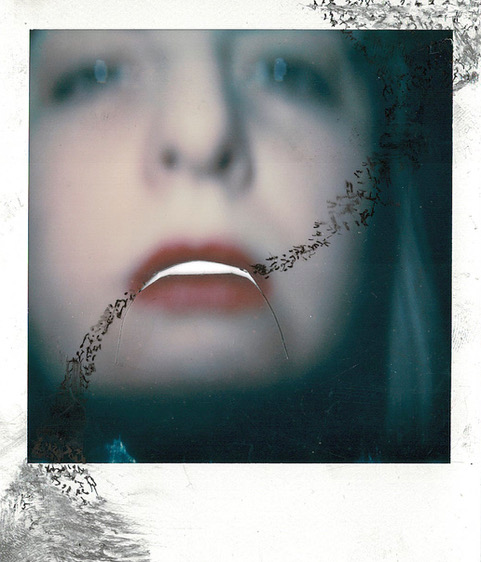
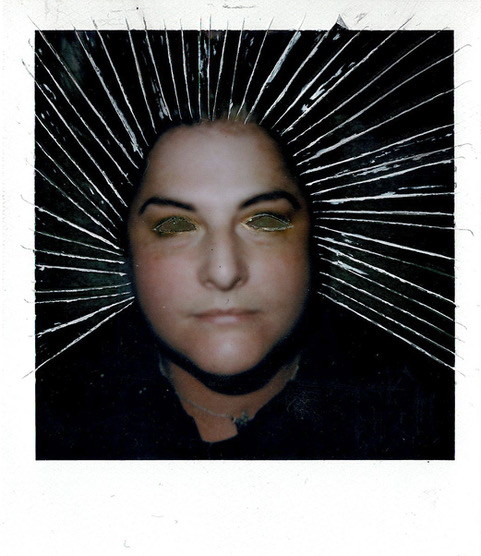
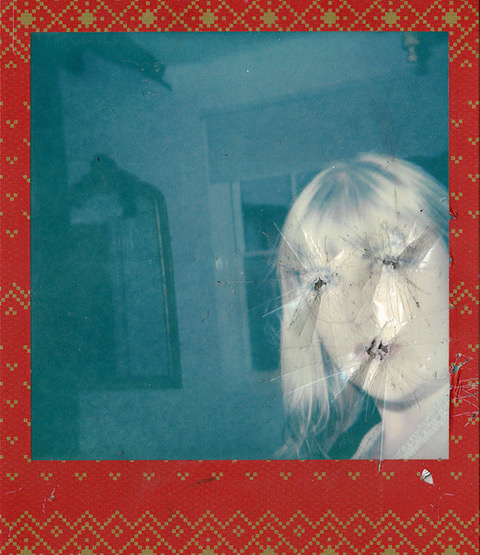
I realise now that I have been archiving myself, either in words or images, since I was small. What was it that I wanted to preserve for all these years? Did I always know that the self would become a key element of my practice, be it performative or autobiographical? Why did this archive present itself to me in its new form whilst I was in a newly disturbed mental state? I don’t have the answers but creating this work has given me a chance to explore these questions further.


